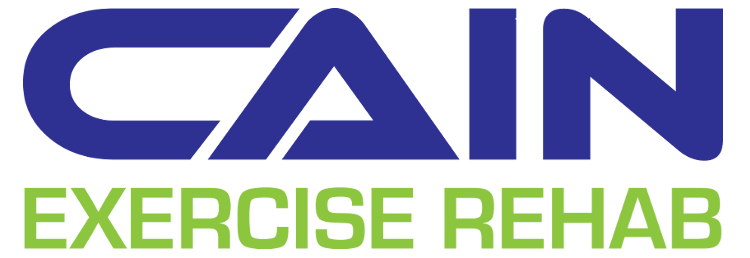To date, we have been unable to determine exactly why we experience post-exercise delayed onset muscle soreness (DOMS). The problems that we've had regarding DOMS are as follows:
1) If the soreness is from tissue damage, then why do DOMS even occur in individuals who are simply new to exercise and not exercising at an intense enough volume to have truly initiated significant muscle breakdown?
2) On that same note, individuals adapt quite quickly to the point of experiencing little to no DOMS after regular, intense activity, even when tissue breakdown must be present.
This new research suggests that DOMS might have less to do with an accurate indication of the extent of muscle damage, but rather a (adaptable) pain response intended to remind the body to rest. This is similar to one of our theories on the need to sleep; while not initiating much in terms of physical changes to the body itself, it might be our bodies' way of forcing us to rest and achieve recovery.
This mechanism would explain why we can adapt so quickly and stop feeling as sore following exercise. As the body learns that we're recovering without much difficulty, it will feel less of a need to initiate that exaggerated rest-signal.
As the researcher pointed out, however, complete absence of that soreness does not equate to an absence of muscle damage, and it's still important to take those earlier DOMS experiences to learn on how to properly moderate your work and rest together. At the same time, this is reassuring to active individuals who worry about requiring soreness as an indication of a workout being beneficial.




